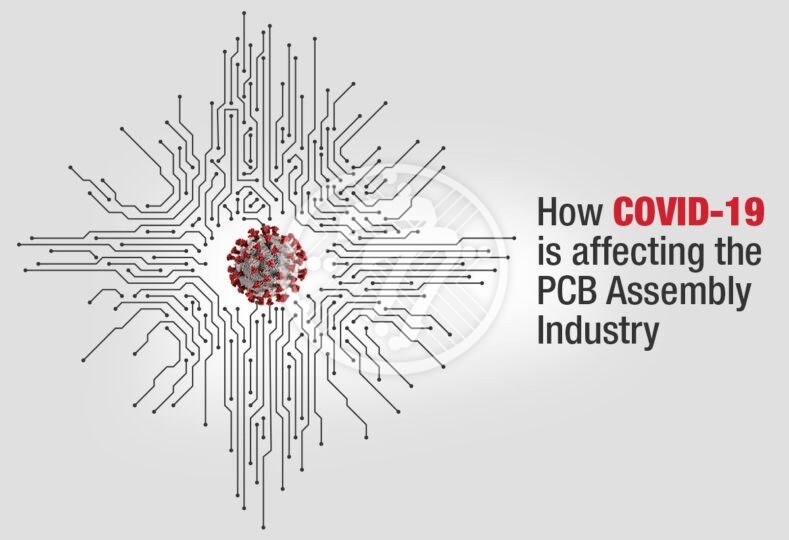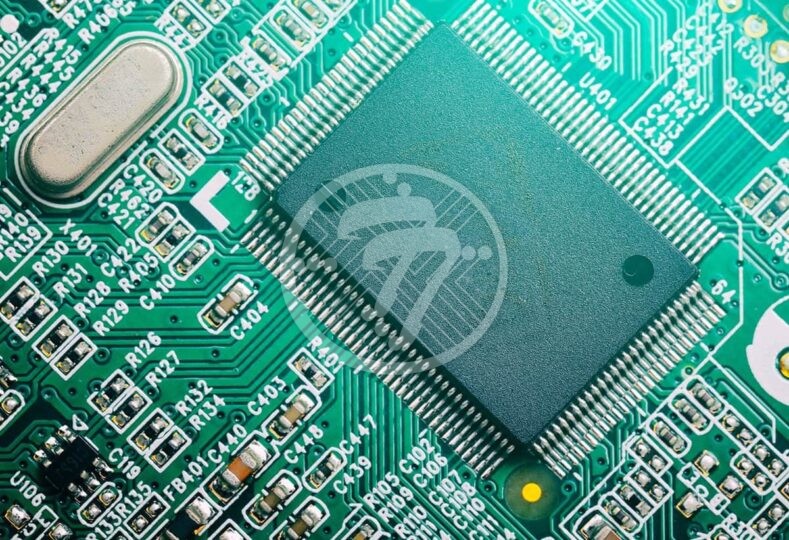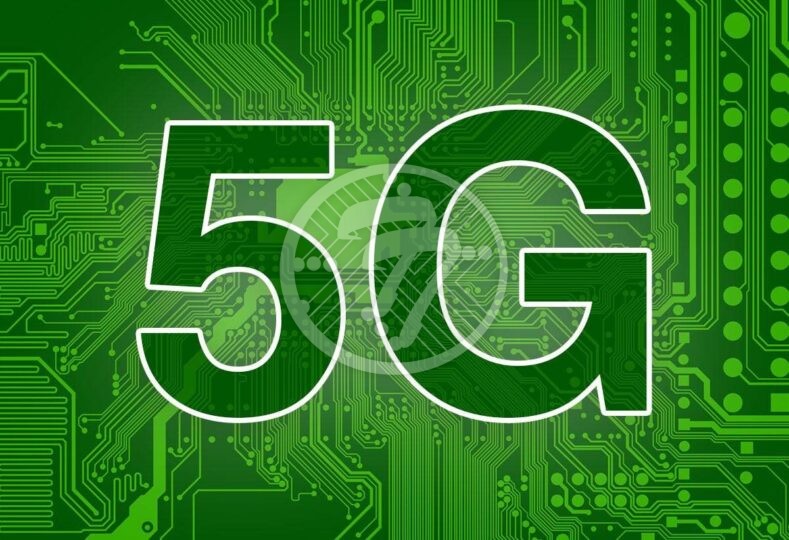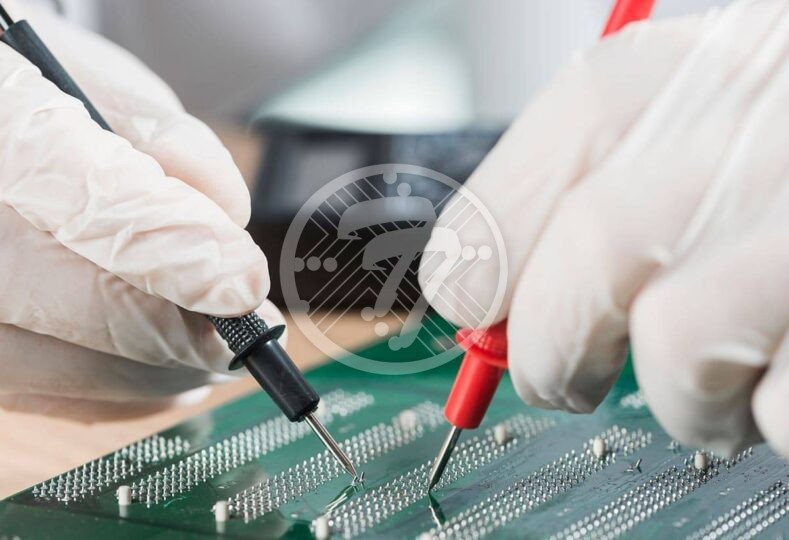How COVID-19 is affecting the PCB Assembly Industry and Electronics Manufacturing Supply Chain?

2020 has been an unprecedented year with the entire world grappling with the deadly Corona Virus Outbreak. With thousands of people being impacted by it daily and the mortality rate on an increase around the world, it certainly is a pandemic that has caught us all unawares. Besides its humongous health implications, its impact on the economy at large and the PCB Assembly industry and Electronics Manufacturing Supply Chain in particular, cannot be overstated.
The role of China
With China at the forefront of this outbreak and the fact that it also plays a crucial role in the electronics manufacturing industry, the supply chain has encountered a huge hit. The pandemic, in fact is impacting both the demand and the supply side for obvious reasons.
As early as February 2020, a research by Omdia, a leading research company in the field of technology, media, and telecommunications, pointed out how the smartphone market was likely to be impacted on account of China’s huge contribution of over 25% to the world smartphone market share. Added to this are issues of reduced component supply. These trends of course aren’t restricted to the smart phone market alone and are as true of the entire PCB Manufacturing Industry as also the Electronics Manufacturing Industry.
In fact, the longer the impact of COVID-19, the greater the impact on electronics manufacturers who would need to either slow down or completely halt production. Going forward, the flow of materials and components will really be crucial in determining the extent of the disruption of production. Even in cases where production has resumed, the time period in which the factories were shut has already had an impact on the PCB Board Assembly supply chain with inventories being negatively impacted.
Labour shortages
The situation has also been compounded on account of issues to do with shortage of labour. The Chinese New Year as it is, is a period of near shut down in China, which in turn impacts the electronics manufacturers annually around the time. This year the issue has been exponentially compounded with a whole lot of quarantine and lock down issues plaguing the country. Electronics manufacturing in China being largely a manual process, the inability of workers to return to the factories on account of travel restrictions, has had a deep impact.
Impact on New Electronic Designs
What this also brings in its wake is the inability of engineering teams to travel to China for new models and designs. Even when the travel restrictions are lifted, it is likely that there could be general hesitation to visit the country till things are perceived to be safe again. What this means in terms of new product development are unprecedented delays as typically engineers prefer to be on-site for such new development. New electronic designs, therefore are likely to be in abeyance for a longer period than what it would take to have the old design supply chain moving.
Probable Solutions
A survey by IPC, a global trade group, suggests that shipments are likely to be delayed by an average of 5 weeks. Clearly what was being anticipated as a year of recovery may be far from it, until the outbreak is contained and some sense of normalcy resumes.
Being prepared for these unprecedented delays and to have contingency plans in place, of course, needs to be top of the agenda as of now.
At Technotronix, we are extremely committed to keep a very close eye on the PCB Manufacturing as also to wherever possible proactively facilitate the supply chain. Regular contact with our freight-forwarding partners will also ensure that we are kept abreast of all developments in real time. In the meantime we would urge you to keep your account managers updated with your forecasted requirements for the next few months for them to help abate any shortages.
Of course, challenges such as this, also come with hidden opportunities. While at a worldwide level we seem to be some distance away from the COVID-19 pandemic being contained, PCB manufacturers USA have started to rethink their strategies and look for options outside of China for their backend supplies.
In the interim, please feel free to reach out to us for any specific queries and we would be more than happy to assist you.
Here’s hoping the COVID-19 story is a thing of the past soon and life and business recovers from its unprecedented attack. Stay Safe!









